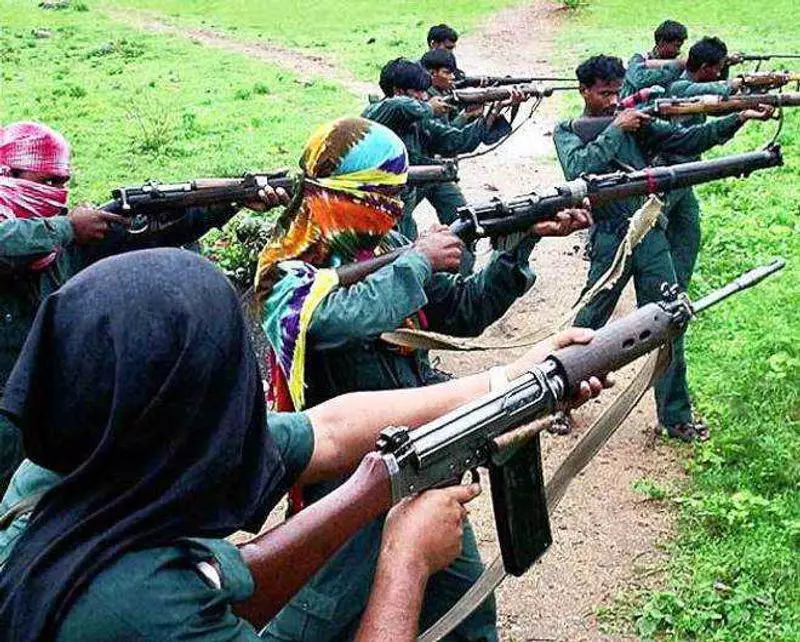
In a massive blow to left-wing extremism in Central India, fifty-one hardened Naxalites have voluntarily surrendered before security forces in Chhattisgarh's Bijapur district. This strategic development represents one of the largest single-day surrenders in the region's recent history.
Comprehensive Surrender Includes Key Insurgents
The group of surrendered individuals includes several high-profile members who held significant positions within the Maoist organizational structure. Among them are:
- Two prominent area commanders with substantial operational experience
- Multiple section commanders who led tactical operations
- Several members of the dreaded military company formations
- Numerous cadres from local guerrilla squads
Government Rehabilitation Policy Shows Results
The surrender ceremony was conducted under the watchful supervision of senior police officials and district administration representatives. The event marks a significant victory for the government's comprehensive surrender and rehabilitation policy, which has been intensified in recent months.
"This mass surrender demonstrates the declining influence of Maoist ideology in the region," stated a senior security official familiar with the development. "When experienced commanders choose to return to the mainstream, it sends a powerful message throughout the insurgent ranks."
Strategic Implications for Regional Security
Bijapur district, located in the sensitive Bastar region, has long been considered a stronghold of left-wing extremism. The surrender of fifty-one cadres, particularly those with command experience, is expected to:
- Significantly weaken the operational capabilities of Naxal groups in the area
- Provide crucial intelligence about Maoist strategies and hideouts
- Boost morale among security forces engaged in counter-insurgency operations
- Encourage other disillusioned cadres to consider rehabilitation
Path to Mainstream Society
Under the government's surrender policy, the former Naxalites will receive comprehensive benefits including financial assistance, vocational training, and support for integration into mainstream society. This approach has proven increasingly effective in persuading insurgents to abandon armed struggle.
"We are committed to ensuring these individuals receive all necessary support to rebuild their lives peacefully," assured a district administration official involved in the rehabilitation process.
The successful surrender operation comes amid intensified security operations in the region, combined with developmental initiatives aimed at addressing the root causes of insurgency. This dual strategy of security enforcement and socio-economic development appears to be yielding tangible results in India's prolonged battle against left-wing extremism.





